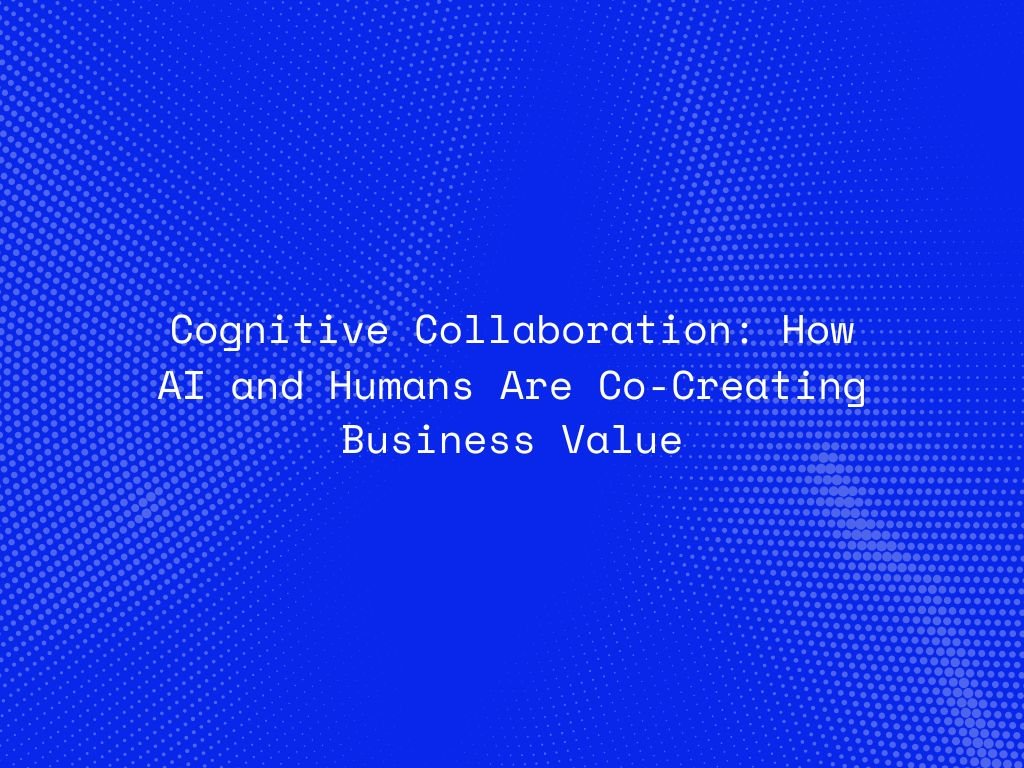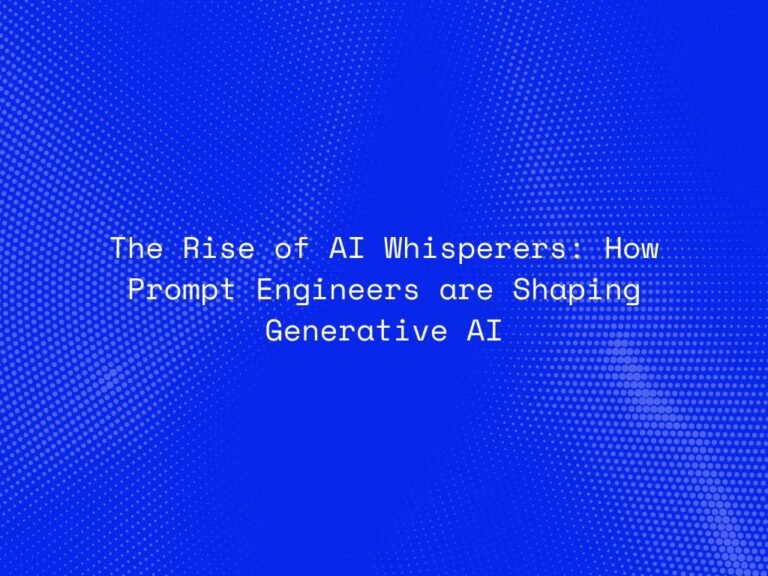In the past, conversations around AI in the workplace often focused on automation and replacement. But today, a more powerful narrative is emerging—cognitive collaboration, where AI systems and human intelligence complement each other to solve complex business problems and create unprecedented value.
Rather than replacing people, AI is increasingly seen as a collaborative partner, capable of amplifying human creativity, decision-making, and performance. This synergy is shaping the next evolution of the digital enterprise.
What is Cognitive Collaboration?
Cognitive collaboration refers to humans and AI systems working together in a symbiotic relationship, where each brings distinct strengths to the table:
-
Humans bring emotional intelligence, creativity, ethics, and contextual understanding.
-
AI brings speed, data-processing power, pattern recognition, and scalability.
Together, they co-create insights, solutions, and innovations that neither could achieve alone.
1. Enhancing Decision-Making with AI-Augmented Intelligence
One of the most powerful use cases for cognitive collaboration is augmented decision-making. AI systems analyze massive datasets to uncover trends, correlations, and predictions—helping leaders make faster, smarter choices.
Example: Financial analysts use AI to scan thousands of market signals in real time, while humans provide judgment on macroeconomic and geopolitical factors.
2. Designing with AI: Human Creativity Meets Machine Imagination
In product development, marketing, and design, AI is being used as a co-creator—suggesting ideas, generating prototypes, or even crafting content.
-
AI tools like generative design or creative writing assistants offer new starting points.
-
Humans guide the narrative, apply aesthetics, and ensure cultural relevance.
Example: Architects use AI to generate building models based on energy efficiency, and then refine those models with human creativity.
3. Human-Centric Automation: Empowering, Not Replacing
Modern automation isn’t about taking jobs—it’s about taking over repetitive, low-value tasks so humans can focus on innovation and strategy.
-
AI helps customer service reps with real-time suggestions.
-
Salespeople use AI to predict customer needs and personalize outreach.
-
HR teams use AI to identify skills gaps and recommend career development paths.
This is not just efficiency—it’s human empowerment.

4. Real-Time Collaboration in the Flow of Work
AI is being integrated directly into workplace tools (e.g., Slack, Microsoft 365, Notion) to provide real-time support, insights, and suggestions as people work.
-
AI summarizes meetings.
-
It surfaces insights from documents.
-
It reminds teams of deadlines and nudges action items.
This creates a fluid, AI-assisted work environment where collaboration happens continuously—not just in isolated tasks.
5. Driving Innovation Through Human-AI Teams
Organizations are forming hybrid teams where AI is a “digital team member”—part of ideation sessions, strategy meetings, and problem-solving groups.
-
AI suggests alternative strategies.
-
Humans assess ethical implications.
-
Together, they build products and solutions faster and smarter.
Example: In pharmaceuticals, AI helps scientists simulate drug responses, while human researchers design clinical trials and interpret nuanced outcomes.
6. Building Trust in AI Through Transparency and Feedback Loops
For cognitive collaboration to succeed, employees must trust AI systems. This means:
-
Providing transparent insights into how AI makes decisions.
-
Allowing users to give feedback and guide AI learning.
-
Ensuring AI aligns with human values and company culture.
This human-in-the-loop design ensures collaboration remains ethical, inclusive, and accountable.
7. Creating New Roles and Skills for the AI Age
Cognitive collaboration is giving rise to new roles:
-
AI Trainers: Teach AI systems human context and preferred behaviors.
-
Prompt Engineers: Design interactions that get the best results from generative models.
-
AI Strategists: Align AI capabilities with business goals.
Companies that invest in reskilling their workforce for these hybrid roles will be the ones to lead.
The Business Value of Cognitive Collaboration
- Faster decision-making
- Higher innovation velocity
- Personalized customer experiences
- Greater operational efficiency
- Empowered and engaged employees
This is not just about adopting AI—it’s about reimagining how work gets done.
Conclusion: The Future Is Human + AI, Not Human vs AI
Cognitive collaboration is transforming AI from a back-office tool to a frontline collaborator. As humans and machines continue to learn from each other, we unlock new levels of creativity, intelligence, and productivity.
In the age of AI, it’s not about who does the work—it’s about how well humans and machines can work together to create value that benefits all.




